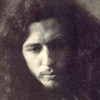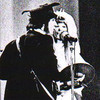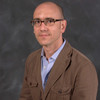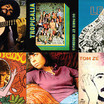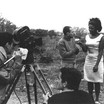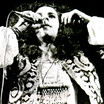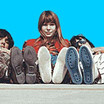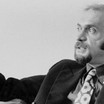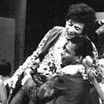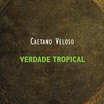Ruídos pulsativos
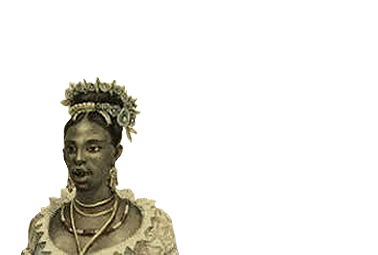
Avant-Garde na Bahia
In August 1959, the rector Edgard Santos made one of his most decisive moves in the renewal of the Universidade Federal da Bahia (Federal University of Bahia) and in the cultural relations reigning at the time in the city of Salvador. On this date, the Portuguese professor and philosopher George Agostinho da Silva put forward his plan for the creation of the Centro de Estudos Afro-Orientais – CEAO (Afro-Oriental Studies Center). The idea was accepted and in short order the CEAO became a reference for Afro-Brazilian culture throughout the country. His research was aimed at straightening relations between Brazil and Africa. In a Bahia that was still deeply racially prejudiced, the rector’s decision was audacious.
The man who had conceived the idea, Agostinho da Silva, arrived in Brazil in the 1940s, fleeing the Salazar regime in Portugal. He lived and worked in the states of Paraíba, Pernambuco, Bahia, and in the cities of São Paulo, Florianópolis and Brasília, where he contributed to the founding of the universities of UFPB (Federal University of Paraiba), UFSC (Federal University of Santa Catarina) and UnB (the National University of Brasilia). In Salvador, in addition to the CEAO, he founded the Centro de Estudos Portugueses (Center for Portuguese Studies). Agostinho arrived in Bahia in 1959, to take part in the Second Colloquium of Portuguese-Brazilian Studies. It was on this occasion that he made his proposal to Edgard Santos: to found a research center for political and cultural relations in the South Atlantic region. His writings and his classes – he even taught Philosophy of Theater to students at the Theater School – directly influenced intellectuals such as Glauber Rocha and Caetano Veloso.
The CEAO’s activities were a sort of new phase in a long historical process occurring in Bahia – and in Brazil in general. Its foundation ran parallel to the pioneering work of Afro-Brazilian intellectuals such as the Bahians Édson Carneiro, Arthur Ramos and Luís Vianna Filho. The deep relationship between Bahian culture and the Afro-Brazilian religion Candomblé, the role of Afro-Brazilians in Brazilian society and the study of the permanent marks of African culture among Brazil’s black population were subjects that had stimulated debate, publications and congresses ever since the thirties. Despite resistance from the elites, the subject had grown in strength over the years, culminating in the founding of the CEAO in 1959.
At the beginning of his work, Agostinho da Silva was helped by the French photographer and future honorary babalorixá (chief priest of Candomblé) Pierre Verger, the anthropologist Vivaldo da Costa Lima, the journalist Nelson de Souza Araújo and Professor Waldir Freitas Oliveira. With only theoretical contact with African culture, Vivaldo da Costa Lima was sent to various African countries and lectured for three years in countries such as Benin, Nigeria and Ghana. On his return, the group was able to pass on new information on African culture in general and on black culture in particular. The students, who could be anyone who knew how to read and write, had the opportunity to take part in courses until then unknown in Brazilian universities, such as “the History of Black Africa” and “African cultures in Brazil”.
These activities found fertile soil in Afro-Bahian culture, at the time undergoing a period of great effervescence. With the CEAO, the culture and religiosity of Bahia’s black population gained a space for debate and valorization within the university’s walls. The UFBA, through the research of Agostinho da Silva and his collaborators, broadened its activities in Bahian society, incorporating the whole “parallel city” that inhabited the novels of Jorge Amado, the photographs and books of Pierre Verger, the work of painter Carybé and sculptor Mario Cravo Junior and the songs of Dorival Caymmi.





